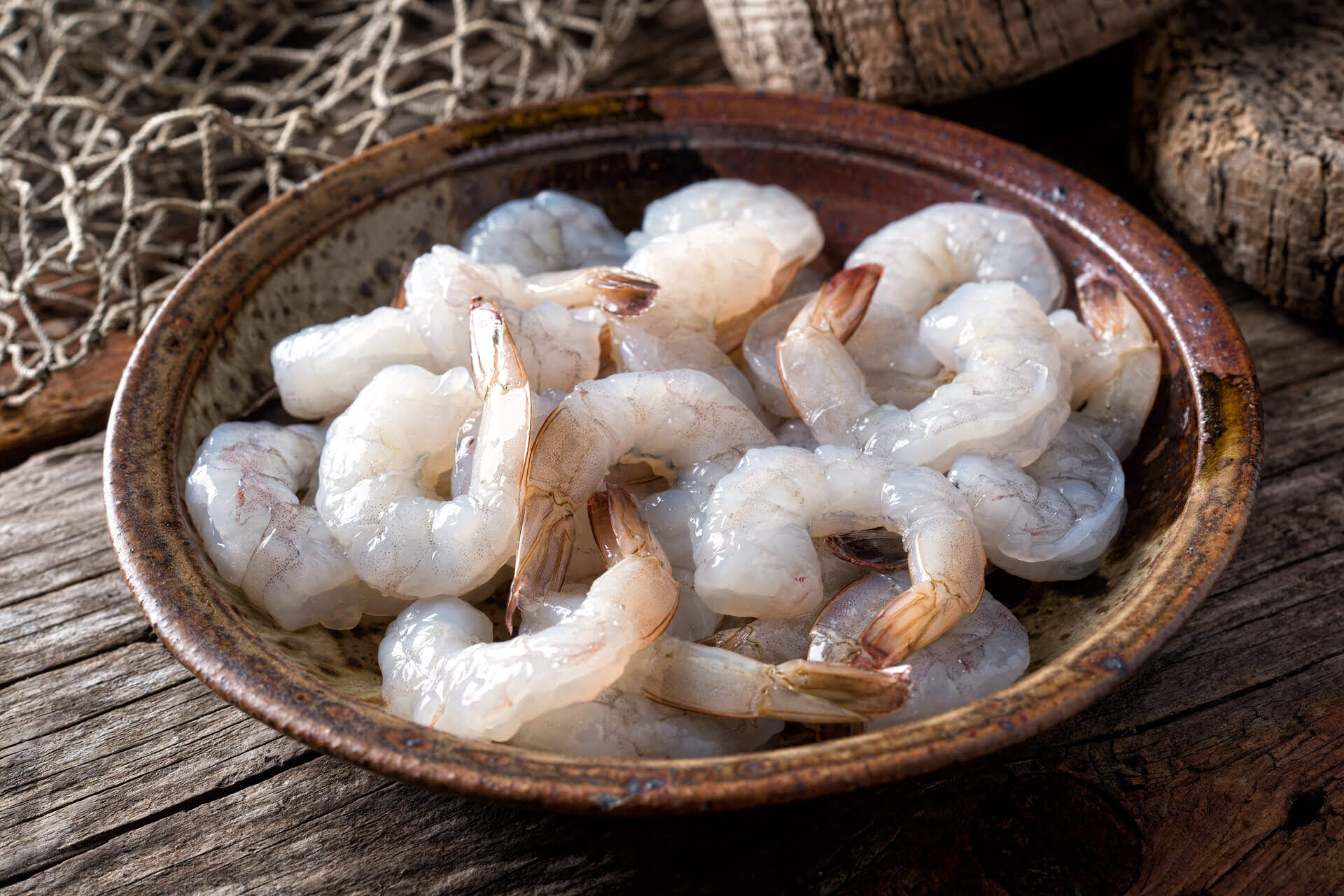

Articles
How To Store Fresh Shrimp In The Refrigerator
Modified: February 23, 2024
Learn how to properly store fresh shrimp in the refrigerator to maintain its quality and freshness. Check out our helpful articles for tips and tricks on storing seafood.
(Many of the links in this article redirect to a specific reviewed product. Your purchase of these products through affiliate links helps to generate commission for Storables.com, at no extra cost. Learn more)
Introduction
When it comes to enjoying fresh shrimp, proper storage is crucial to maintain their quality and prevent any potential health risks. Whether you’ve purchased a batch of succulent shrimp directly from the fish market or harvested them yourself, knowing how to store them correctly will ensure that they stay fresh and safe to eat for as long as possible.
In this article, we will guide you through the step-by-step process of storing fresh shrimp in the refrigerator. From choosing the freshest shrimp to maintaining their quality, we’ll cover everything you need to know to keep your shrimp tasting their best.
With a little know-how, you can extend the shelf life of your shrimp and enjoy their delicious flavors in a variety of dishes, from shrimp scampi to shrimp tacos. So, let’s dive in and learn how to properly store fresh shrimp!
Key Takeaways:
- Choose the freshest shrimp by looking for a glossy appearance, clean odor, intact shells, and a reputable source. Proper preparation and storage in airtight containers are essential for maintaining freshness and preventing cross-contamination.
- Store fresh shrimp in the coldest part of the fridge, away from strong odors, and use within recommended timeframes. Regularly check for quality, practice good hygiene, and avoid cross-contamination to ensure safe and delicious shrimp dishes.
Read more: How Long Is Shrimp Good In The Refrigerator
Step 1: Choosing Fresh Shrimp
The first step in storing fresh shrimp begins with selecting the highest quality shrimp from the seafood counter or fish market. Here are some tips to help you choose the freshest shrimp:
- Look for Fresh-Looking Shrimp: The freshest shrimp will have a glossy appearance, firm texture, and a vibrant color. Avoid shrimp that appear dull, mushy, or discolored.
- Check for a Clean Odor: Fresh shrimp should have a mild, clean scent of the ocean. Avoid shrimp with a fishy or ammonia-like smell, as this could indicate that they are no longer fresh.
- Examine the Shells: The shells of fresh shrimp should be intact, shiny, and free from any cracks or discoloration. Avoid shrimp with broken or damaged shells, as it could be a sign of poor quality or improper handling.
- Consider the Source: Whenever possible, choose shrimp from a reputable and trusted source. Knowing where your shrimp comes from and how it was handled can provide reassurance about its freshness and quality.
Remember, fresh shrimp is the key to delicious recipes and safe storage. Taking the time to carefully select the best shrimp will set the stage for successful storage and enjoyable meals.
Step 2: Preparing Shrimp for Storage
Before storing fresh shrimp in the refrigerator, it’s important to properly prepare them to maintain their quality and ensure food safety. Follow these steps to get your shrimp ready for storage:
- Remove the Shells: Start by removing the shells from the shrimp. You can leave the tails intact for added flavor and presentation or remove them if desired. Removing the shells will prevent them from deteriorating and impacting the quality of the shrimp.
- Devein the Shrimp (Optional): If your shrimp has visible dark veins running along their backs, you may want to devein them. Deveining is not only a matter of aesthetics but can also improve the texture and taste of the shrimp. To devein, make a shallow cut along the back of the shrimp using a sharp knife, then remove the dark vein with the tip of the knife or a deveiner tool.
- Give Them a Quick Rinse: Rinse the shrimp under cold running water to remove any residual impurities. Gently pat them dry with paper towels to remove excess moisture. This step helps to ensure that the shrimp are clean and ready for storage.
- Season (Optional): If you plan to use the shrimp for a specific recipe, you may choose to season them before storing. You can marinate them in your favorite herbs, spices, or a light citrus-based marinade. However, keep in mind that seasoning is optional and may affect the flavor if you plan to use the shrimp for various dishes.
By properly preparing the shrimp before storage, you can maintain their freshness and enhance the flavors when it’s time to cook. Now that your shrimp are ready, let’s move on to the next step: choosing the proper storage containers.
Step 3: Proper Storage Containers
Choosing the right storage containers is essential for maintaining the freshness and quality of your shrimp while in the refrigerator. Here’s what you need to consider when selecting the proper containers:
- Airtight Containers: When storing fresh shrimp, it’s crucial to use airtight containers to prevent any airflow and exposure to external odors. Airtight containers help to retain the natural moisture of the shrimp and protect them from any cross-contamination with other foods in the refrigerator.
- Glass or BPA-free Plastic: Opt for glass or BPA-free plastic containers to store your shrimp. These materials are safe, non-reactive, and won’t alter the taste or quality of the shrimp. Avoid using containers made of metal or aluminum, as they can react with the seafood and affect its flavor.
- Size and Shape: Choose containers that are appropriately sized to accommodate the amount of shrimp you plan to store. Make sure the containers have enough room to hold the shrimp comfortably without causing them to be crowded or squished. It’s also a good idea to use shallow containers that allow for easy stacking and space optimization in the refrigerator.
- Labeling: To ensure proper identification and organization, it’s helpful to label the containers with the date of storage. This way, you can keep track of how long the shrimp has been in the refrigerator and prioritize their usage accordingly.
Remember to clean the storage containers thoroughly before use to eliminate any potential bacteria or odors. Once you have selected the appropriate containers, it’s time to move on to storing your fresh shrimp in the refrigerator. We will cover this in the next step.
Step 4: Storing Shrimp in the Refrigerator
Now that you have prepared the shrimp and selected the right storage containers, it’s time to store them properly in the refrigerator. Follow these steps to ensure optimal storage conditions:
- Place the Shrimp in the Airtight Containers: Transfer the prepared shrimp into the airtight containers, arranging them in a single layer to prevent them from sticking together. If you have a large batch of shrimp, you can separate them into multiple containers, making sure not to overcrowd them.
- Keep the Temperature Consistent: Shrimp is highly perishable, so it’s important to store them in the coldest part of your refrigerator, typically the back of the lower shelves. Ensure that the temperature is consistently set at or below 40°F (4°C). This temperature range helps to slow down bacterial growth and maintain the freshness of the shrimp.
- Avoid the Door: Avoid storing shrimp in the refrigerator door as it experiences more fluctuations in temperature due to frequent opening and closing. The door is better suited for items with a longer shelf life.
- Separate from Strong Odors: Shrimp can easily absorb strong odors from other foods in the refrigerator. Keep them away from pungent items like onions, garlic, and strong cheeses to prevent any flavor transfer.
- Do Not Wash Again: Once the shrimp are in the containers, refrain from washing them again before storage. Excessive exposure to water can lead to a loss of flavor and quality.
- Store for the Recommended Timeframe: Shrimp are highly perishable and should be consumed within a specific timeframe to ensure their freshness and safety. Raw shrimp can typically be stored in the refrigerator for up to 2 days, while cooked shrimp can last for up to 3-4 days.
By following these steps, you can ensure that your fresh shrimp remains safe and maintains its quality while stored in the refrigerator. But remember to always use your judgment and inspect the shrimp for any signs of spoilage before consumption.
In the next step, we’ll discuss how to check the quality of the stored shrimp and maintain their freshness over time.
Store fresh shrimp in the refrigerator in a resealable plastic bag or airtight container. Place them on a bed of ice to keep them cold, and use within 1-2 days for the best quality.
Read more: How To Store Shrimp In Freezer
Step 5: Checking and Maintaining Quality
Checking and maintaining the quality of your stored shrimp is crucial to ensure they remain fresh and safe for consumption. Follow these steps to monitor the quality of your shrimp:
- Regularly Inspect the Shrimp: Take the time to visually inspect the stored shrimp before use. Look for any signs of spoilage, such as a slimy texture, discoloration, or an off-putting odor. If you notice any of these signs, it is best to discard the shrimp.
- Use the First In, First Out (FIFO) Method: When using stored shrimp, follow the first in, first out method. This means using the oldest shrimp first and rotating the containers to ensure that the shrimp with the earliest storage date are consumed first. This helps to prevent any shrimp from being forgotten and left to spoil.
- Check for Ice Formation: If you store your shrimp in the freezer, be mindful of any ice formation. Ice crystals on the shrimp are a sign of freezer burn, which can negatively affect the texture and flavor. Proper packaging and airtight containers can help prevent freezer burn.
- Keep the Shrimp Hydrated: To maintain the quality of your shrimp, it’s important to keep them hydrated. If you notice that the shrimp are drying out, you can sprinkle a little water over them before resealing the containers. This will help prevent them from becoming dry and rubbery.
- Follow Storage Timeframes: As mentioned earlier, shrimp have a limited shelf life, even when stored correctly. It’s important to adhere to the recommended storage timeframes (2 days for raw shrimp, 3-4 days for cooked shrimp) to ensure their freshness and safety.
By regularly inspecting the shrimp, using the FIFO method, checking for ice formation, keeping them hydrated, and following storage timeframes, you can maintain the quality and ensure the safety of your stored shrimp.
In the next step, we’ll discuss how to avoid cross-contamination when storing shrimp in the refrigerator.
Step 6: Avoiding Cross-Contamination
When storing fresh shrimp in the refrigerator, it’s crucial to take precautions to avoid cross-contamination with other foods. Here are some important steps to follow:
- Separate Raw and Cooked Shrimp: It’s essential to keep raw and cooked shrimp separate to prevent the risk of cross-contamination. Store them in separate airtight containers to ensure that any bacteria present in the raw shrimp does not come into contact with the cooked shrimp.
- Use Different Utensils and Cutting Boards: When handling raw shrimp, use separate utensils and cutting boards from those used for other foods, especially ready-to-eat foods. This will minimize the chances of spreading bacteria from the raw shrimp to other items in your kitchen.
- Practice Good Hygiene: Always wash your hands thoroughly with soap and warm water before and after handling shrimp or any other raw seafood. This helps to reduce the risk of cross-contamination and the spread of harmful bacteria.
- Store Shrimp on Lower Shelves: To avoid any accidental drips or leaks, store the containers of shrimp on the lower shelves of the refrigerator. This prevents any potential cross-contamination with other foods stored above.
- Clean and Sanitize Regularly: Regularly clean and sanitize your refrigerator, particularly the areas where you store seafood. Wipe down the shelves, drawers, and any surfaces with a mild detergent or vinegar solution to eliminate any potential bacteria.
By following these steps, you can greatly reduce the risk of cross-contamination and ensure the safety of your stored shrimp, as well as the other foods in your refrigerator.
Now that you have learned about avoiding cross-contamination, let’s move on to the final step – using stored shrimp within the recommended timeframe.
Step 7: Using Stored Shrimp within the Recommended Timeframe
To ensure the best quality and taste, it’s important to use your stored shrimp within the recommended timeframe. Here’s what you need to know:
- Raw Shrimp: Raw shrimp should ideally be used within 2 days of storage. It’s important not to exceed this timeframe to avoid any potential spoilage or foodborne illnesses. Plan your meals accordingly or consider freezing any unused raw shrimp to extend its shelf life.
- Cooked Shrimp: Cooked shrimp can be stored for up to 3-4 days in the refrigerator. Beyond that point, the quality and flavor may start to deteriorate. If you have leftover cooked shrimp, try to incorporate them into meals within this timeframe or freeze them for longer storage.
- Freezing for Extended Storage: If you are unable to use your shrimp within the recommended timeframes, freezing is a great option to extend their shelf life. Properly package the shrimp in airtight freezer bags or containers, removing as much air as possible. Label the containers with the date of freezing and use them within 3-6 months for the best quality.
- Thawing Frozen Shrimp: When you’re ready to use frozen shrimp, it’s best to thaw them properly to maintain their texture and flavor. The safest way to thaw shrimp is to transfer them to the refrigerator and allow them to thaw slowly overnight. Alternatively, you can thaw them under cold running water in a sealed plastic bag, ensuring that the water remains cold and the shrimp are not exposed to warm temperatures.
- Do Not Refreeze Thawed Shrimp: Once you have thawed frozen shrimp, it’s important not to refreeze them. Refreezing can affect the texture and quality of the shrimp, potentially leading to a loss of flavor and moisture.
By using your stored shrimp within the recommended timeframes and following proper thawing techniques for frozen shrimp, you can enjoy their freshness and deliciousness in various recipes.
Now that you have learned how to store fresh shrimp in the refrigerator and use them within the recommended timeframe, you are ready to enjoy your shrimp in your favorite dishes! Remember to always prioritize safety and quality when storing and handling seafood.
Happy cooking!
Conclusion
Storing fresh shrimp in the refrigerator is essential for maintaining their quality, flavor, and safety. By following the step-by-step process outlined in this article, you can ensure that your shrimp stays fresh and delicious for as long as possible.
We began by discussing the importance of choosing the freshest shrimp and properly preparing them for storage. We then explored the significance of selecting suitable storage containers, including airtight, glass, or BPA-free plastic containers to maintain the shrimp’s freshness.
Proper storage in the refrigerator involves placing the shrimp in the coldest part of the fridge, away from airflow and strong odors. By using airtight containers, separating raw and cooked shrimp, and practicing good hygiene, you can prevent cross-contamination and maintain food safety.
Regularly checking the quality of the stored shrimp, following the first in, first out method, and keeping them hydrated helps ensure that they remain fresh and enjoyable. Using the shrimp within the recommended timeframes and properly thawing frozen shrimp maximizes their taste and texture.
Remember, while these guidelines provide optimal storage practices, it’s essential to trust your senses and use your judgment. If the shrimp develop an off-putting odor, slimy texture, or unusual color, it is best to discard them to avoid any potential health risks.
With these storage techniques and precautions in mind, you can confidently store fresh shrimp in the refrigerator and enjoy their delectable flavors in a wide range of dishes. Whether you’re planning to make shrimp scampi, shrimp tacos, or a refreshing shrimp salad, properly stored shrimp will elevate your culinary creations.
So, go ahead and stock up on fresh shrimp, follow the steps outlined in this article, and savor every bite of your delicious shrimp dishes. Happy cooking and enjoy your fresh shrimp!
Frequently Asked Questions about How To Store Fresh Shrimp In The Refrigerator
Was this page helpful?
At Storables.com, we guarantee accurate and reliable information. Our content, validated by Expert Board Contributors, is crafted following stringent Editorial Policies. We're committed to providing you with well-researched, expert-backed insights for all your informational needs.
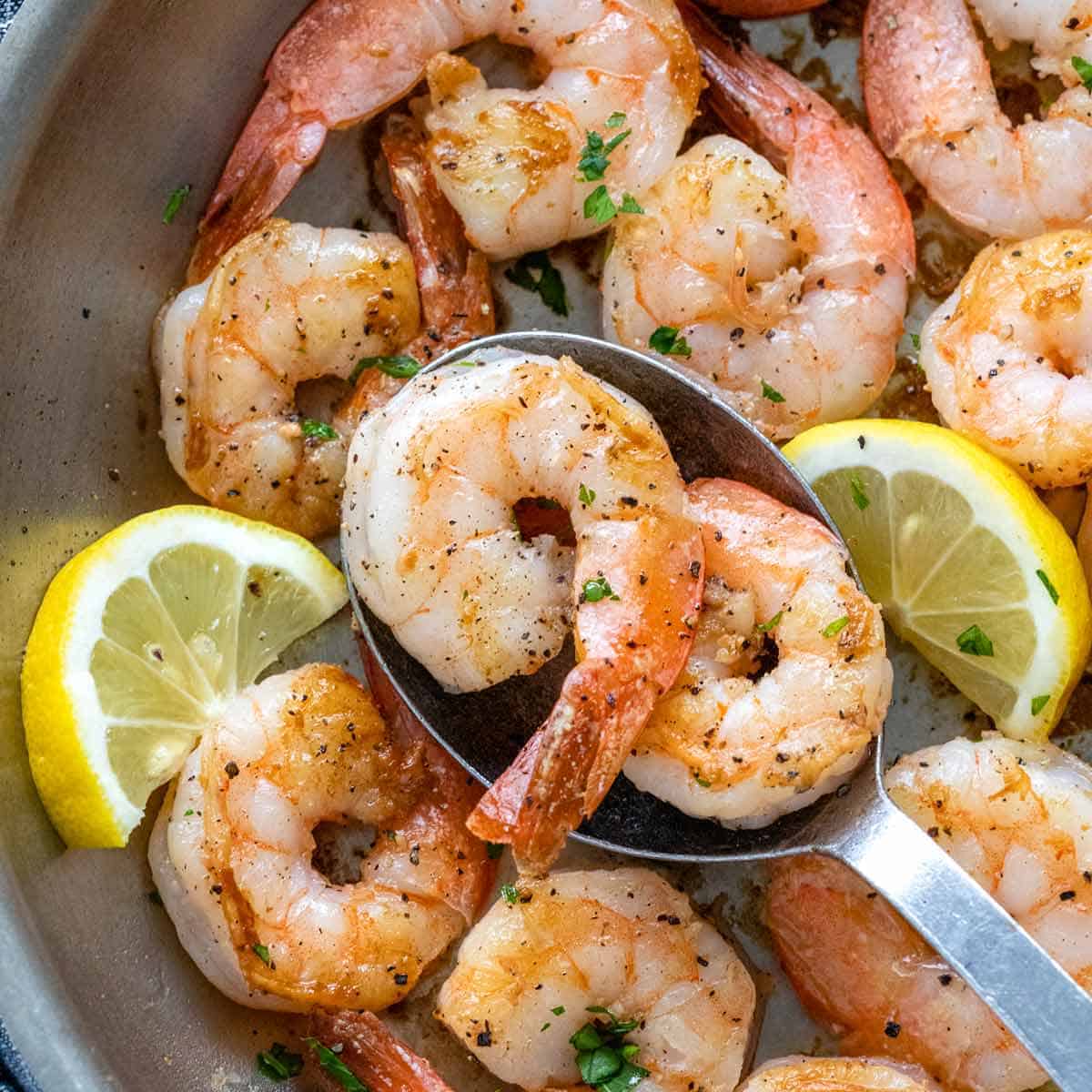

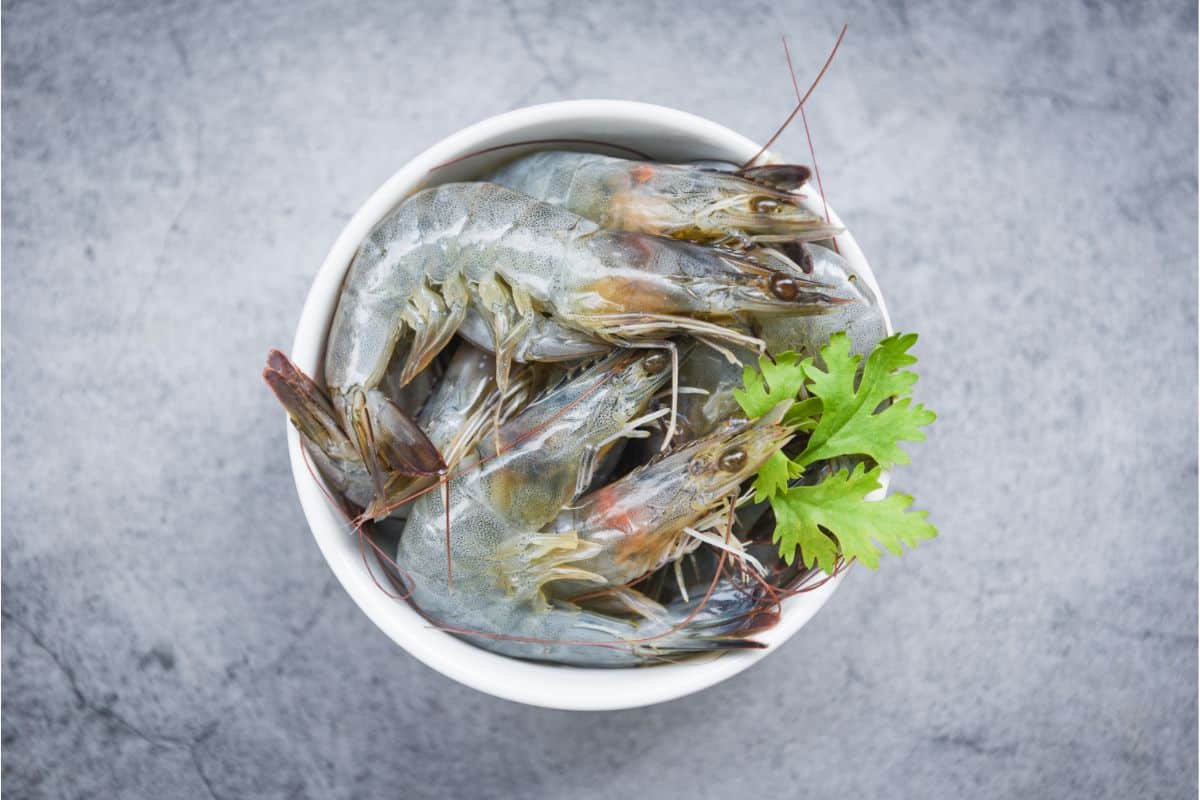
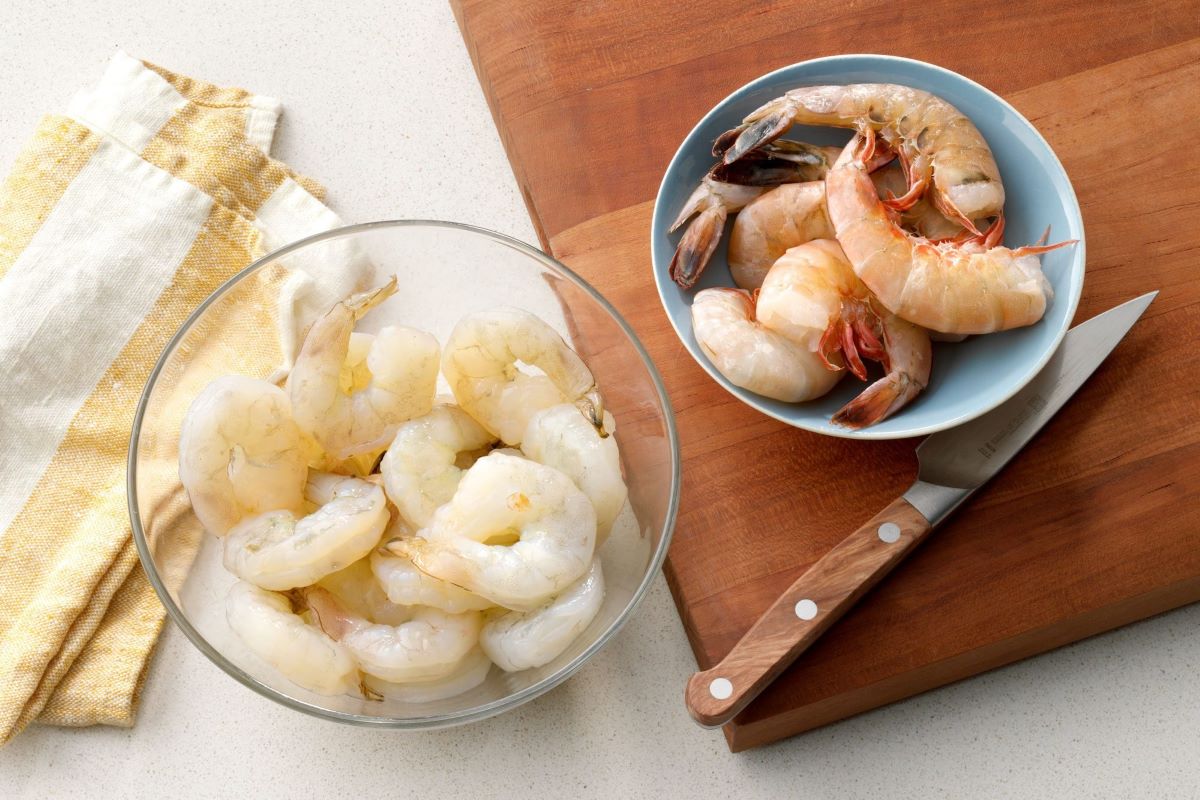
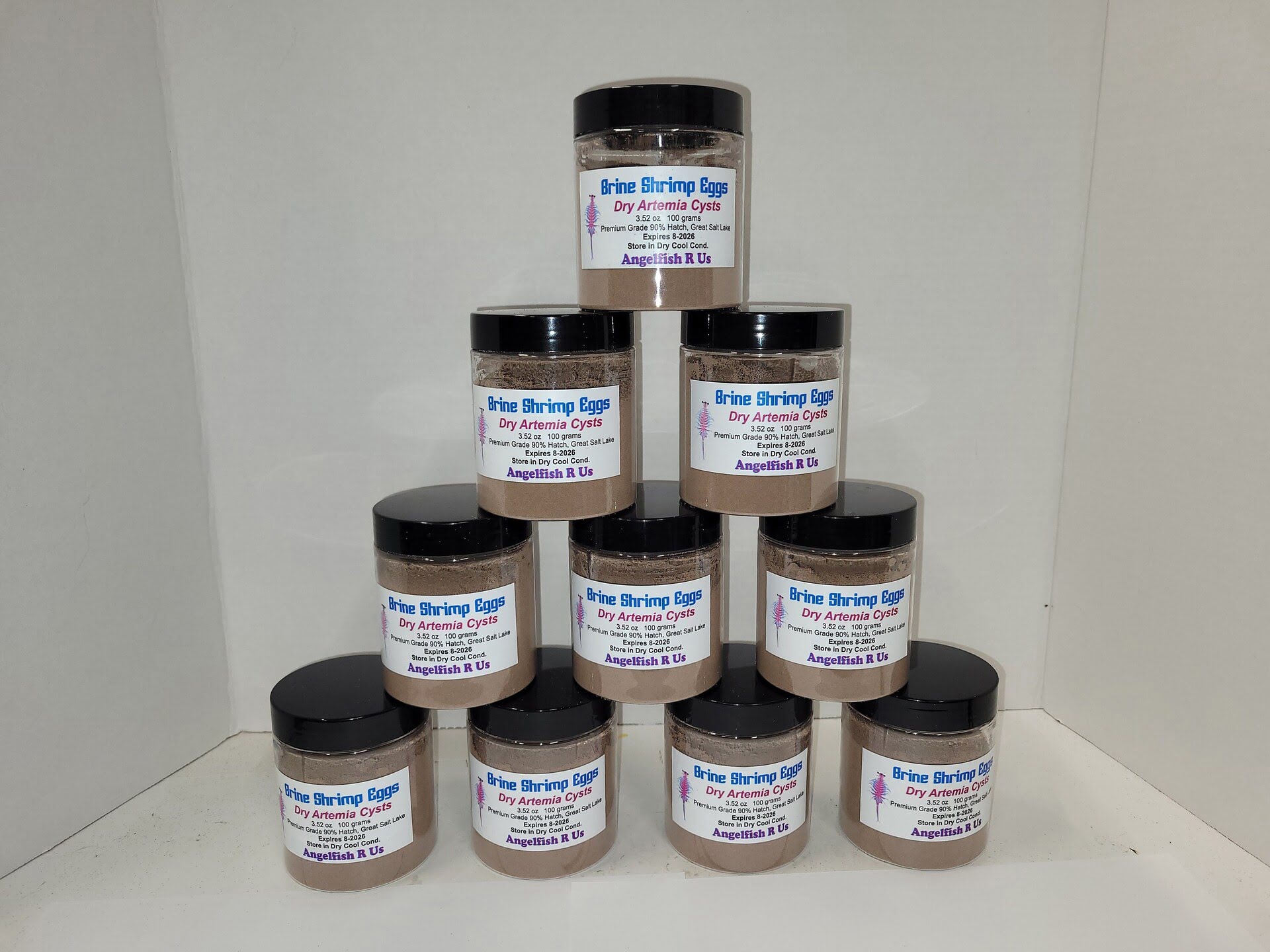
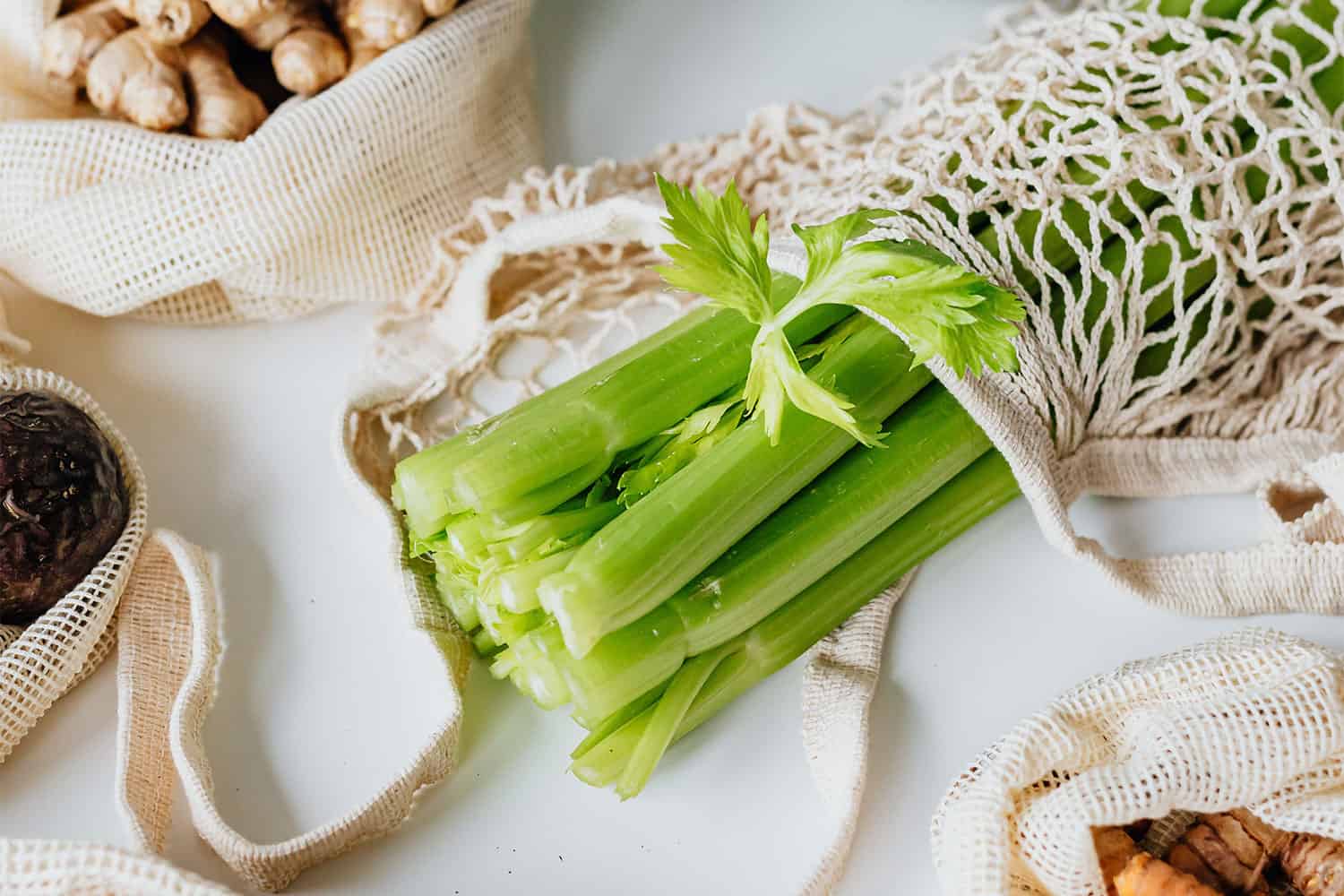
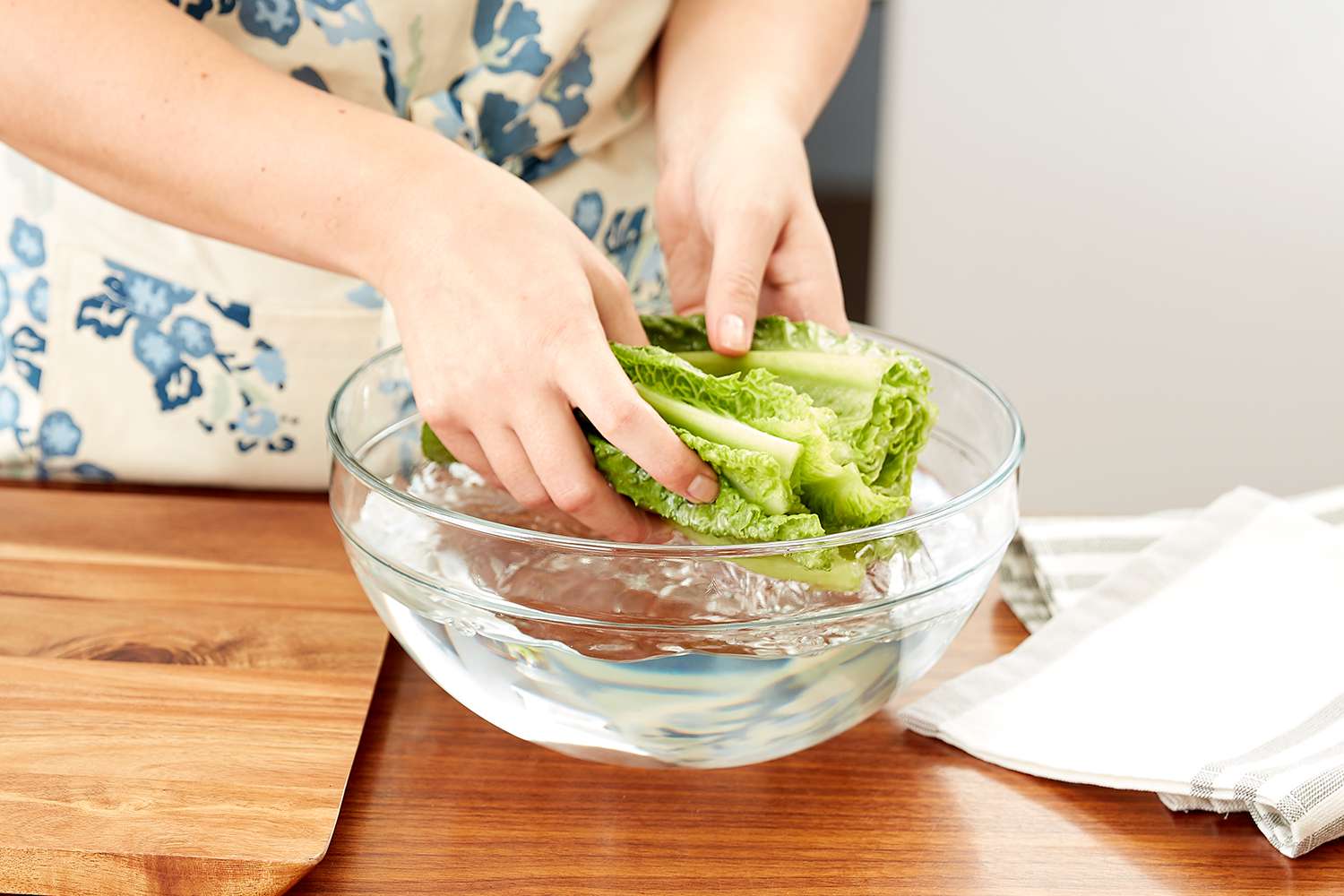
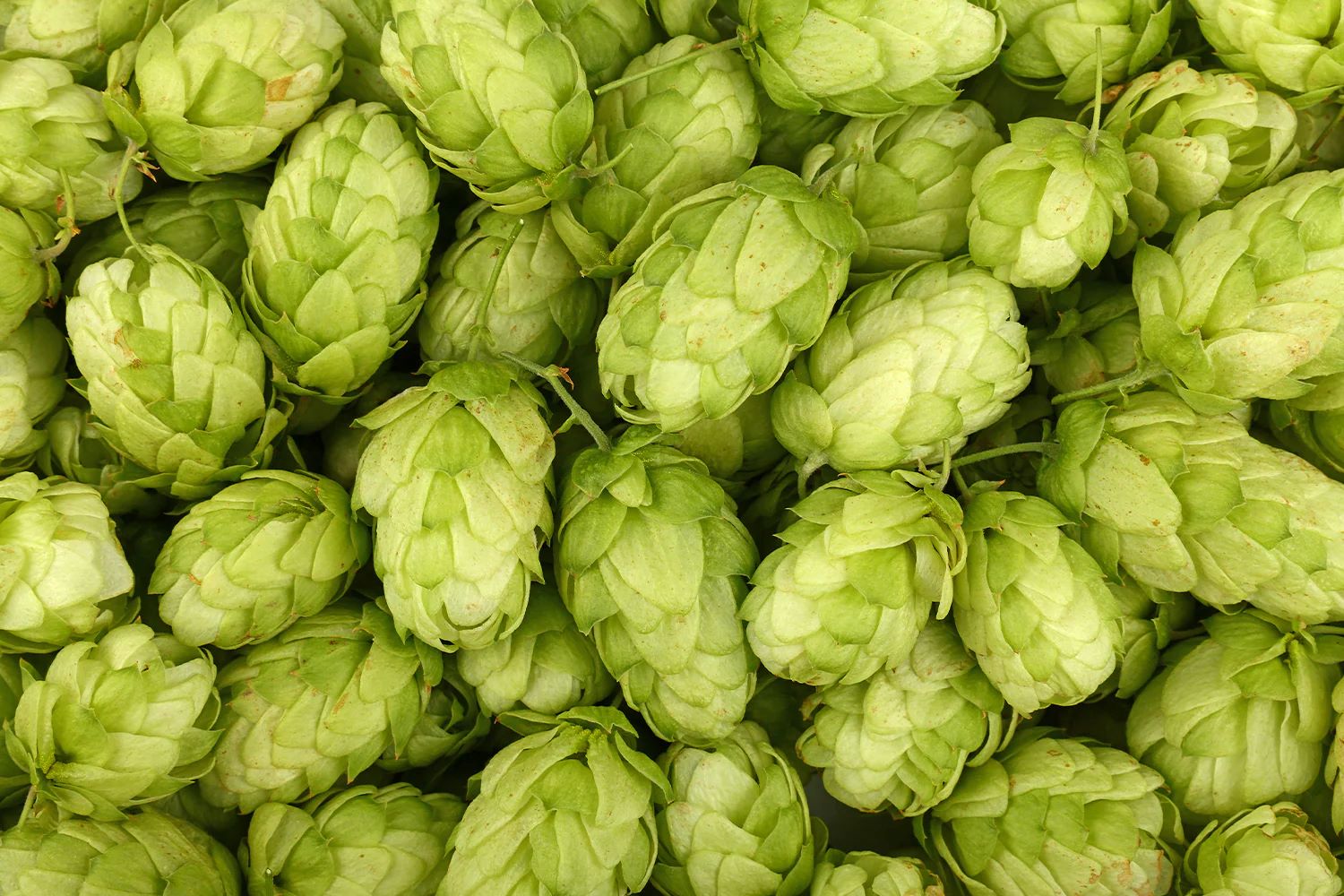

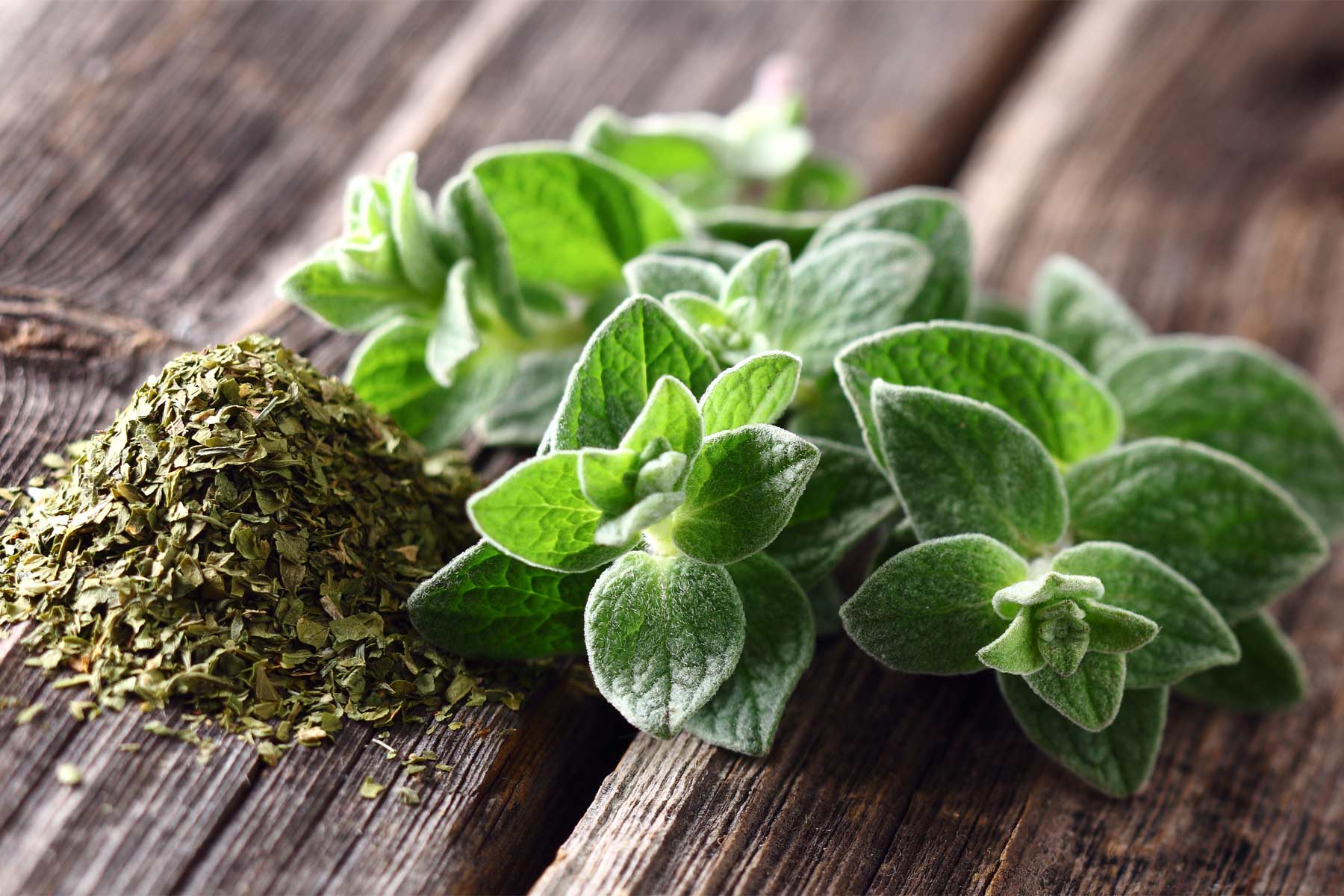
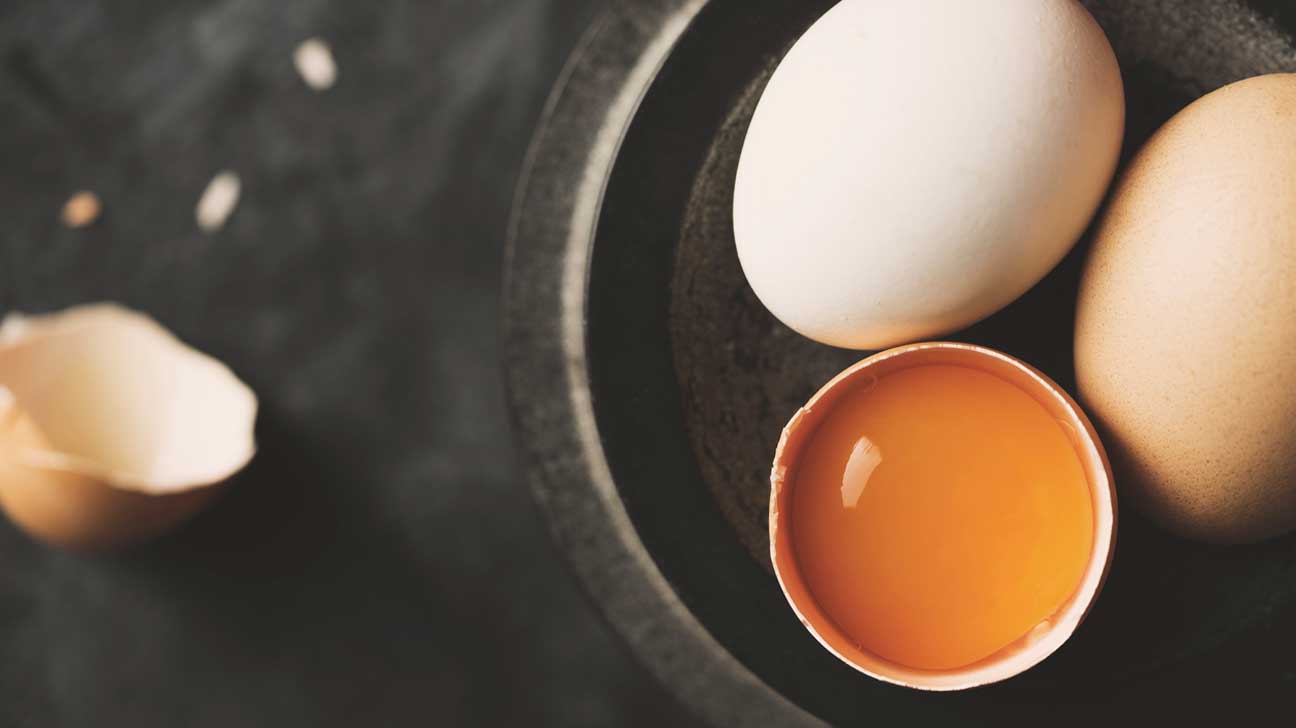
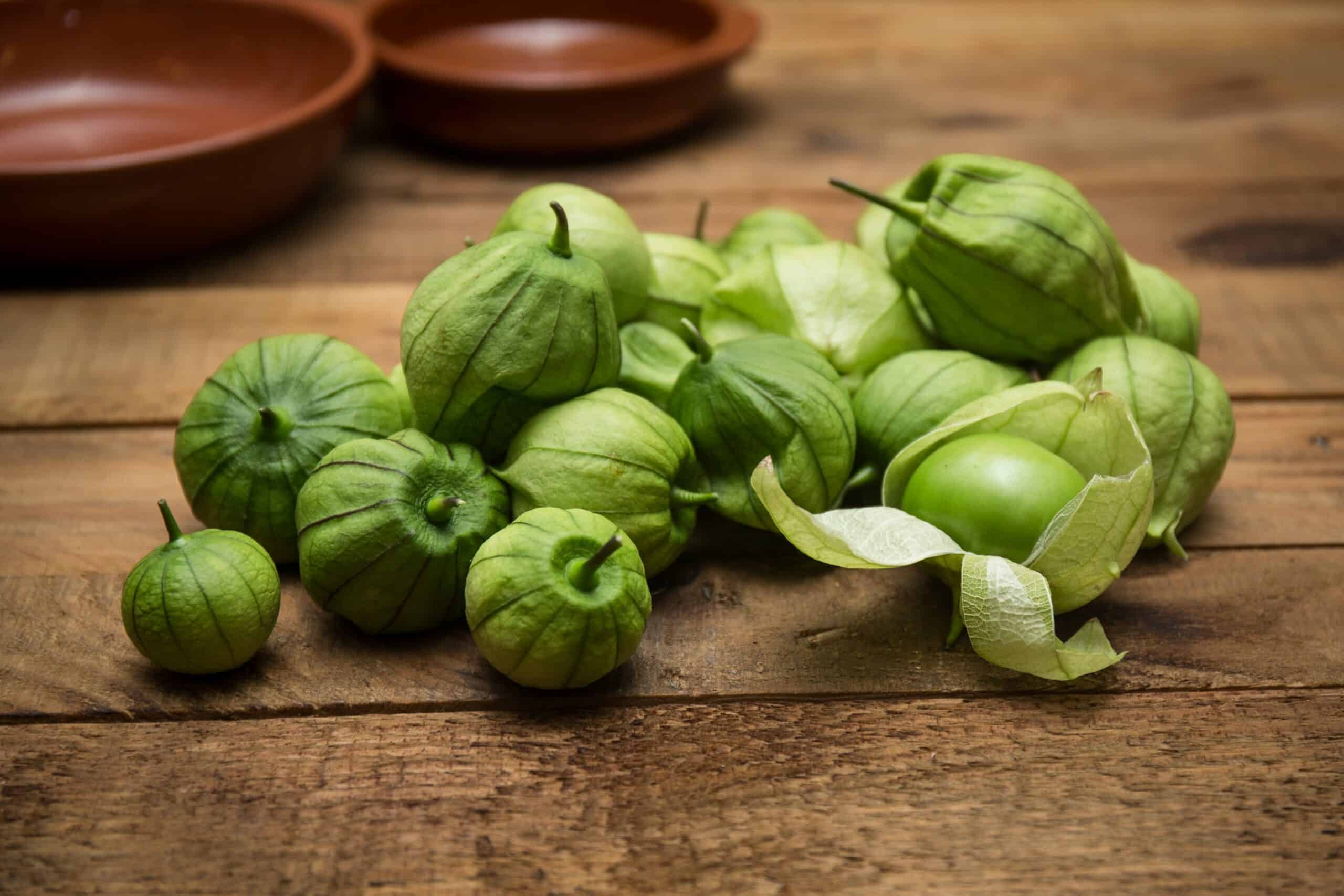
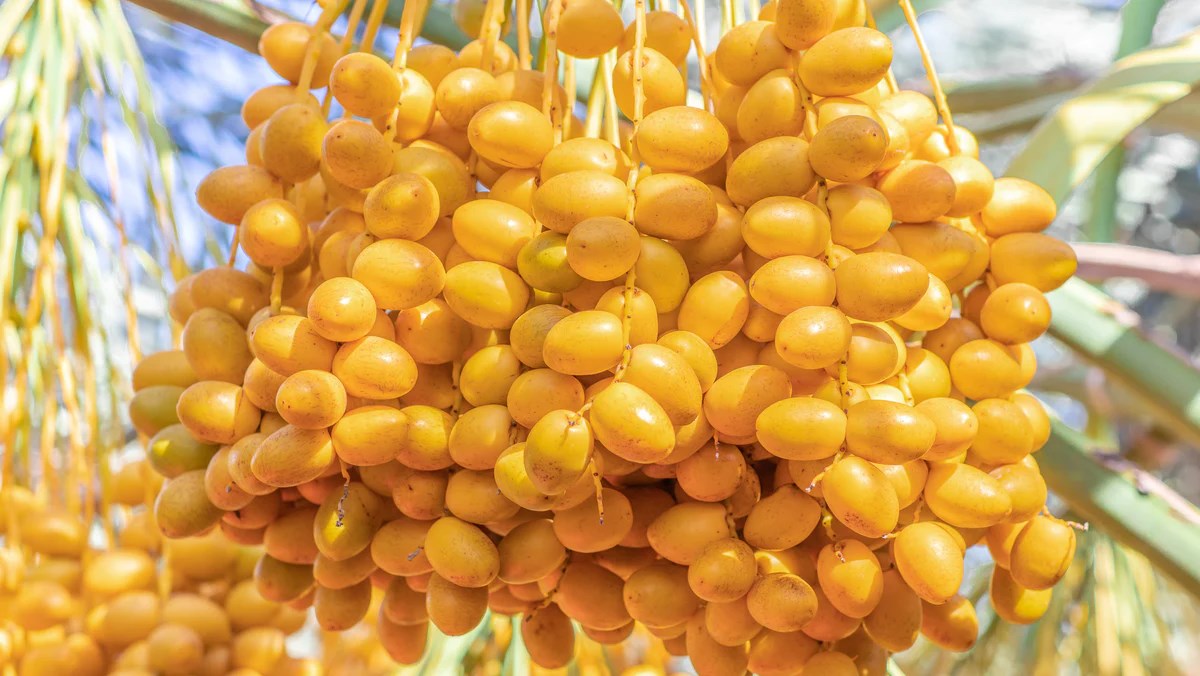


0 thoughts on “How To Store Fresh Shrimp In The Refrigerator”